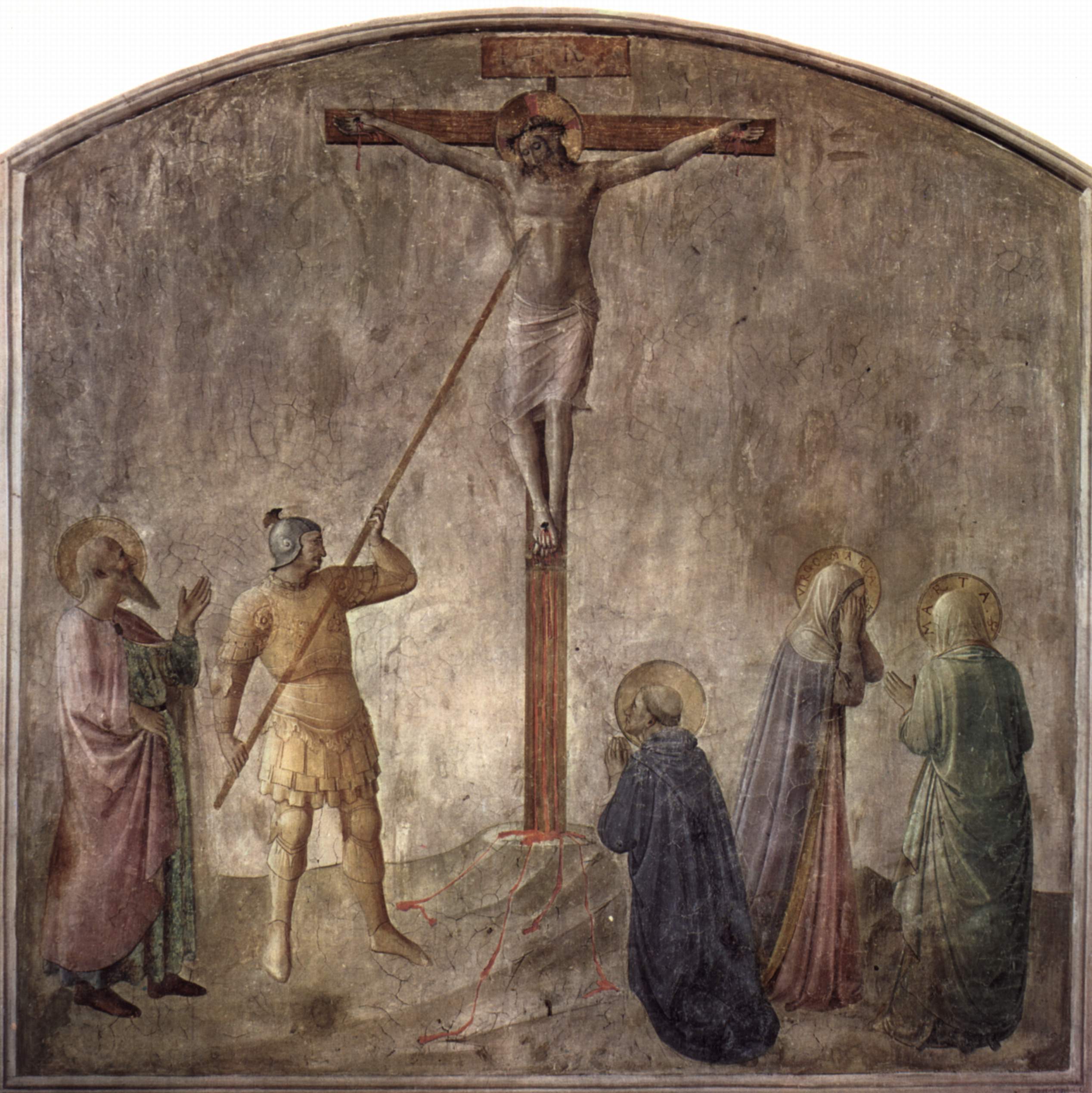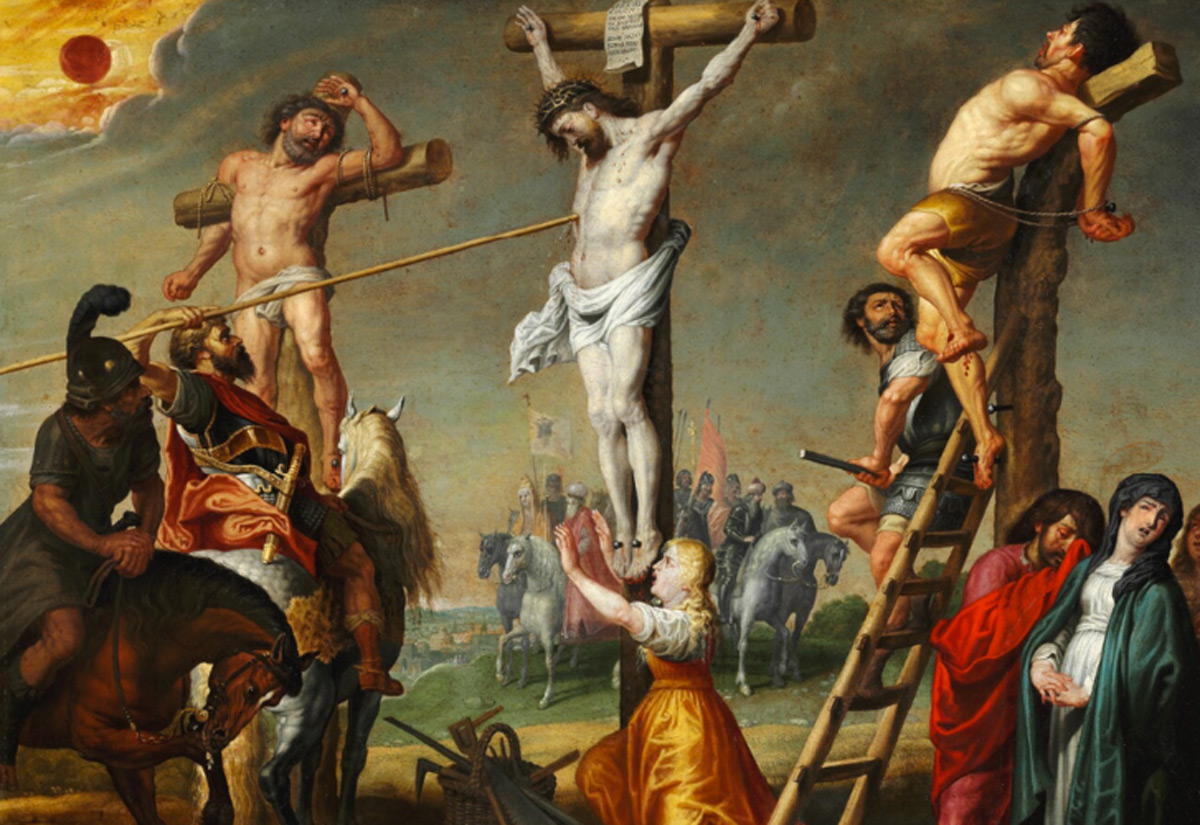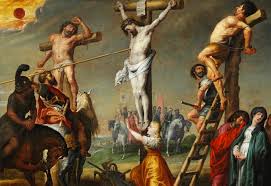The Sacred Relic: Unveiling the Mystery of the Spear of Longinus
The Spear of Longinus, a relic steeped in both religious lore and historical mystery, has captivated historians, theologians, and scholars for centuries. This article delves into the origins, significance, and modern impact of this enigmatic artifact.
The Biblical Account

The Spear of Longinus is best known from its mention in the Gospel of John. According to John 19:34, while Jesus was on the cross, a Roman soldier pierced His side with a spear to ensure He was dead. This act is traditionally attributed to a soldier named Longinus, who later became a figure of veneration in Christian tradition.
Biblical Significance
- Historical Context: The spear is said to have been used during the crucifixion of Jesus, a pivotal event in Christian theology. Its mention in the New Testament gives it an unparalleled significance in Christian relics.
- Symbolic Meaning: The spear represents the fulfillment of the prophecy and the proof of Jesus’ death. It holds deep symbolic meaning in Christian faith as a symbol of the passion of Christ and the ultimate sacrifice.
“The spear became a potent symbol of both the physical reality of Christ’s suffering and the spiritual truth of His divine sacrifice.” (Wikipedia)
The Origins of the Spear of Longinus
Historical Background
The origins of the Spear of Longinus are a mix of fact and legend. While the Bible provides a brief account, many historical sources add layers of myth to its story. The spear is believed to have been brought to Rome after the crucifixion and eventually became a significant artifact in various religious and political contexts.
Legends and Myths
- Early Stories: According to legend, Longinus was a blind Roman soldier whose sight was miraculously restored when he touched Jesus’ blood with the spear. This story emphasizes the spear’s divine connection.
- Medieval Tales: In medieval times, the spear was often associated with various kings and warriors, including Charlemagne and Richard the Lionheart, adding to its mythic status.
The Spear of Longinus in Art and Literature

Depictions in Art
Throughout history, the Spear of Longinus has been depicted in various artworks, reflecting its significance in Christian art and culture. Notable examples include:
- “The Crucifixion” by Matthias Grünewald: This painting includes a depiction of the spear piercing Christ’s side.
- “The Lamentation” by Giotto di Bondone: This fresco showcases the spear in the context of Christ’s death.
These artistic representations not only highlight the spear’s role in the crucifixion but also underscore its place in Christian iconography.
Literary References
The spear also features prominently in literature:
- “The Spear of Destiny” by Trevor Ravenscroft: This book explores the historical and mystical aspects of the spear, suggesting it holds great power.
- “The Last Temptation of Christ” by Nikos Kazantzakis: This novel refers to the spear in the context of the Passion narrative.
These literary works have contributed to the mystique surrounding the Spear of Longinus, blending historical facts with imaginative storytelling.
Examination of Relics Claimed to be the Spear

Notable Relics
Several relics have been claimed to be the Spear of Longinus, each with its own history and claims of authenticity:
- The Vienna Lance: Preserved in the Hofburg Palace, this relic has been identified by some as the Spear of Longinus due to its historical provenance.
- The Holy Lance of Antioch: Another relic claimed to be the spear, with a fascinating history involving the Crusades.
Authenticity and Historical Claims
The authenticity of these relics is often debated. While many historical documents support the significance of the Vienna Lance, others suggest that the spear may have been lost or replaced over time.
The Spear’s Influence on Relics and Pilgrimages
Impact on Christian Relics
The Spear of Longinus has influenced the development of other Christian relics. Its reputed power and sacredness have set a standard for relics associated with Christ’s Passion.
Pilgrimages
The spear’s significance has led to numerous pilgrimages and the establishment of pilgrimage sites. For instance, the Hofburg Palace in Vienna attracts visitors interested in the spear’s historical and spiritual significance.
The Spear of Longinus in Modern Culture
Representation in Popular Culture
The Spear of Longinus continues to capture the imagination in modern media:
- Films: Movies like “The Last Crusade” feature the spear as a key plot element, highlighting its legendary status.
- Video Games: The spear appears in games such as “Wolfenstein” and “Final Fantasy,” illustrating its continued fascination in popular culture.
Controversies and Debates
Modern discussions often center around the authenticity of the spear and its historical impact. Controversies include debates over whether the existing relics are genuine and the spear’s actual historical journey.
Meta Description: Explore the sacred history of the Spear of Longinus, from its biblical origins to its impact on art, relics, and modern culture. Discover its mysterious legacy.
Summary Table of Key Figures
| Name | Role | Significance |
|---|---|---|
| Longinus | Roman Soldier | Traditional bearer of the spear that pierced Jesus’ side. |
| Matthias Grünewald | Artist | Depicted the spear in “The Crucifixion.” |
| Trevor Ravenscroft | Author | Wrote “The Spear of Destiny,” exploring the spear’s mystique. |
References
- Wikipedia – Spear of Longinus
https://en.wikipedia.org/wiki/Spear_of_Longinus - History Defined – The Spear of Longinus
https://www.historydefined.net/the-spear-of-longinus/






